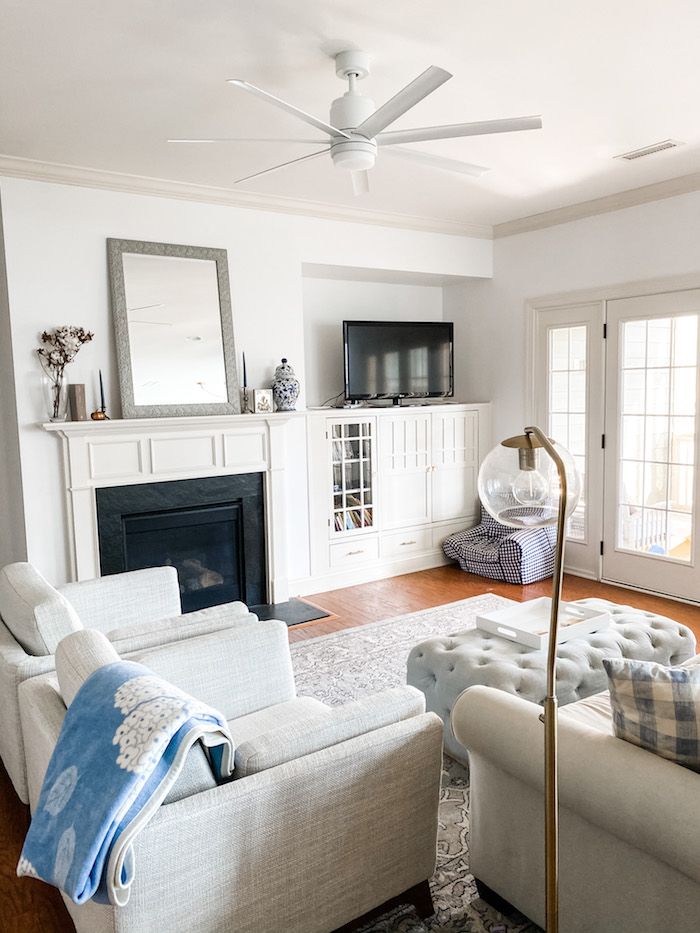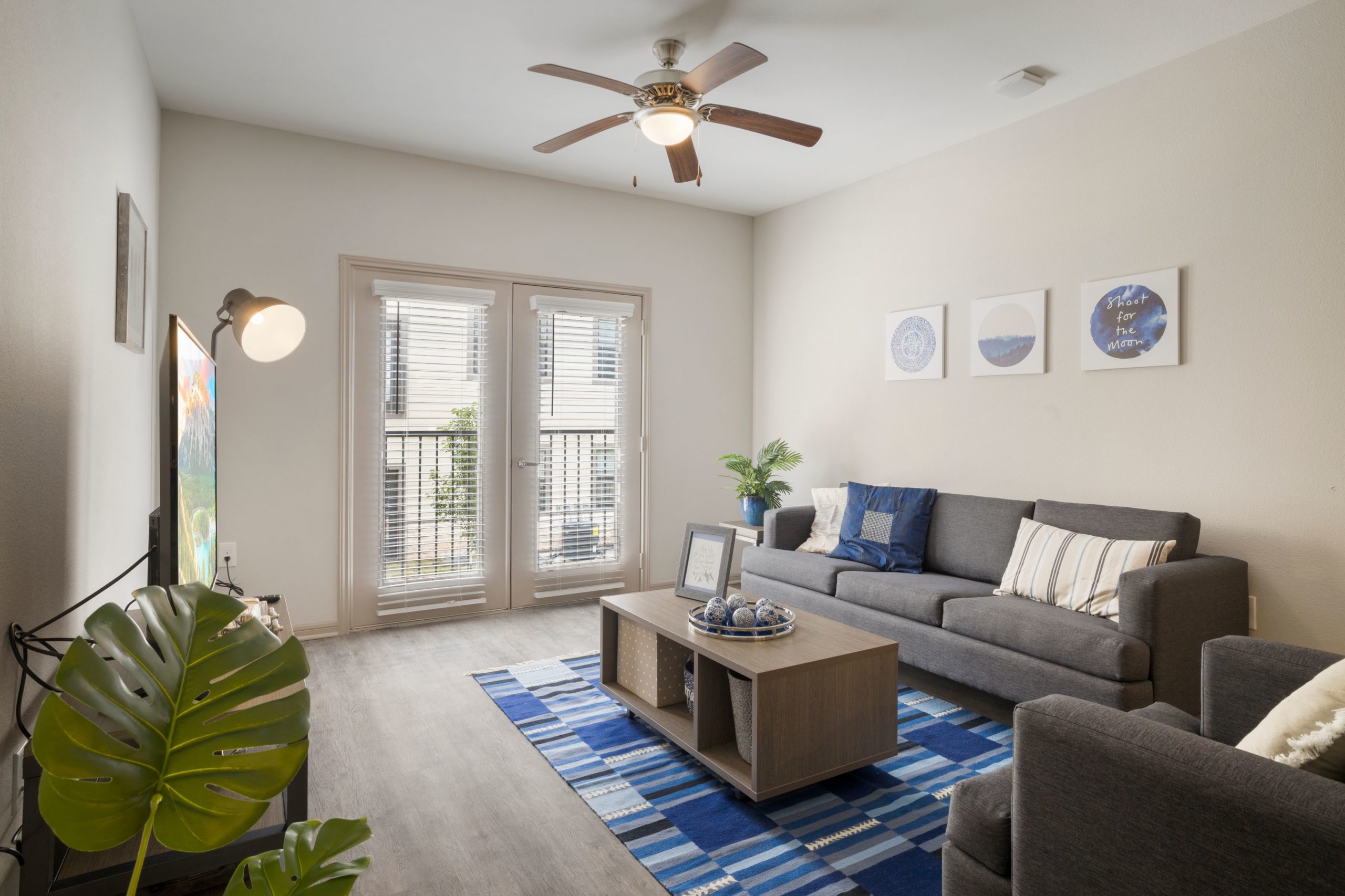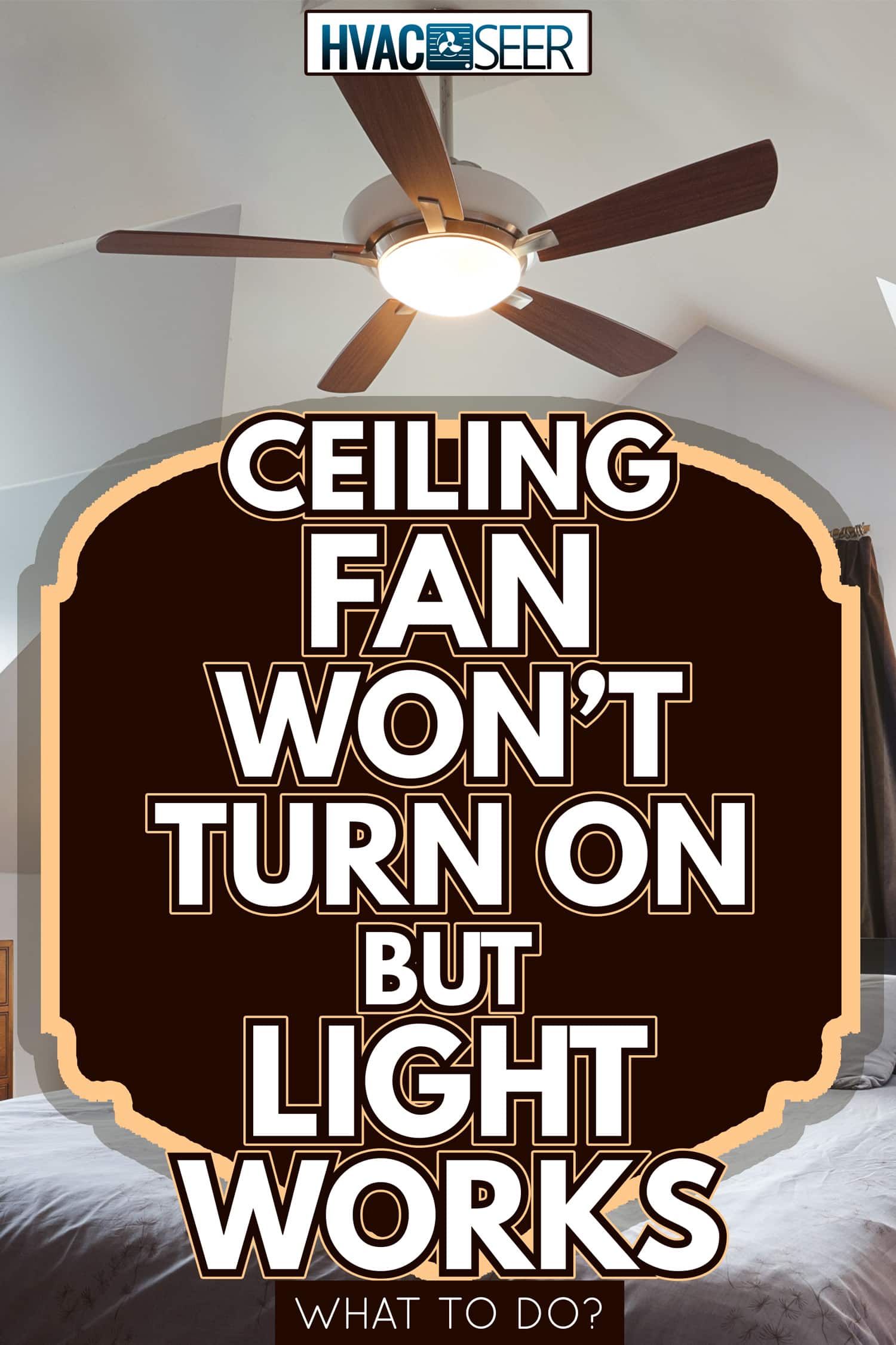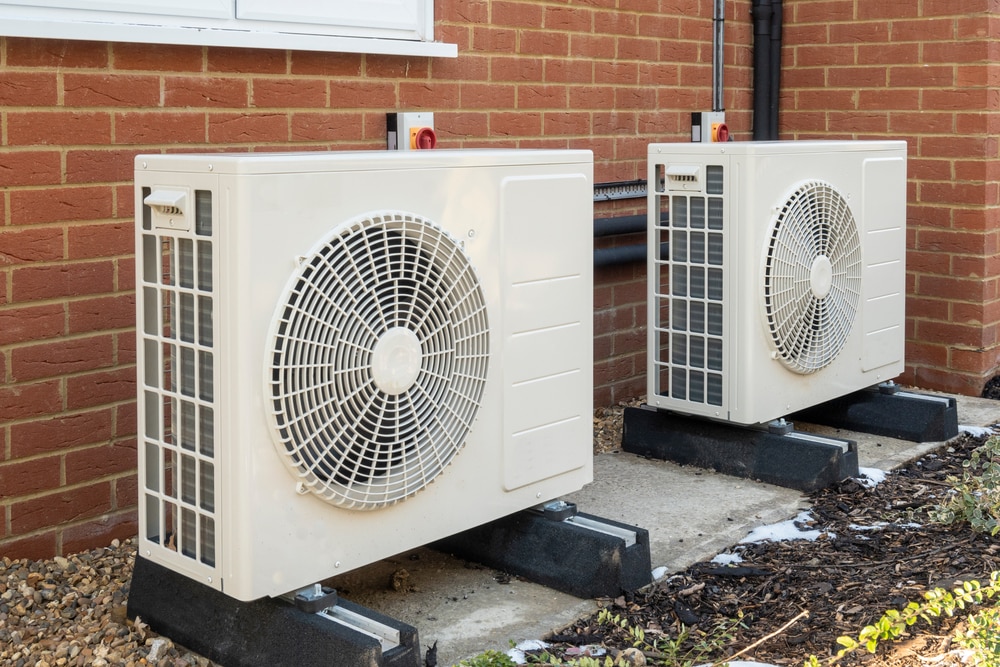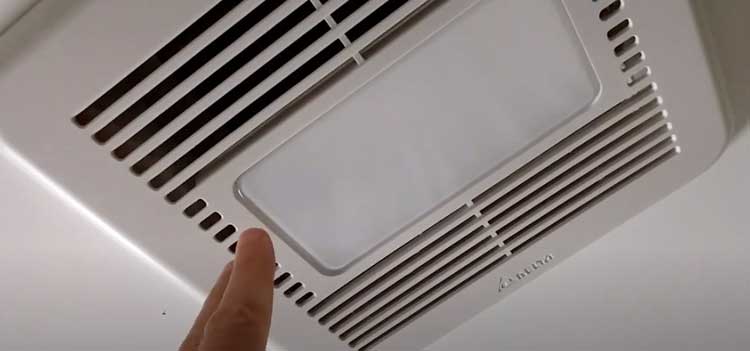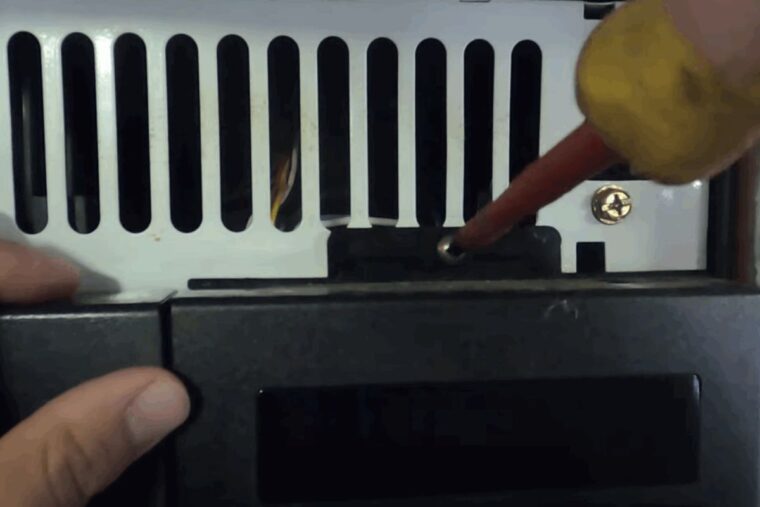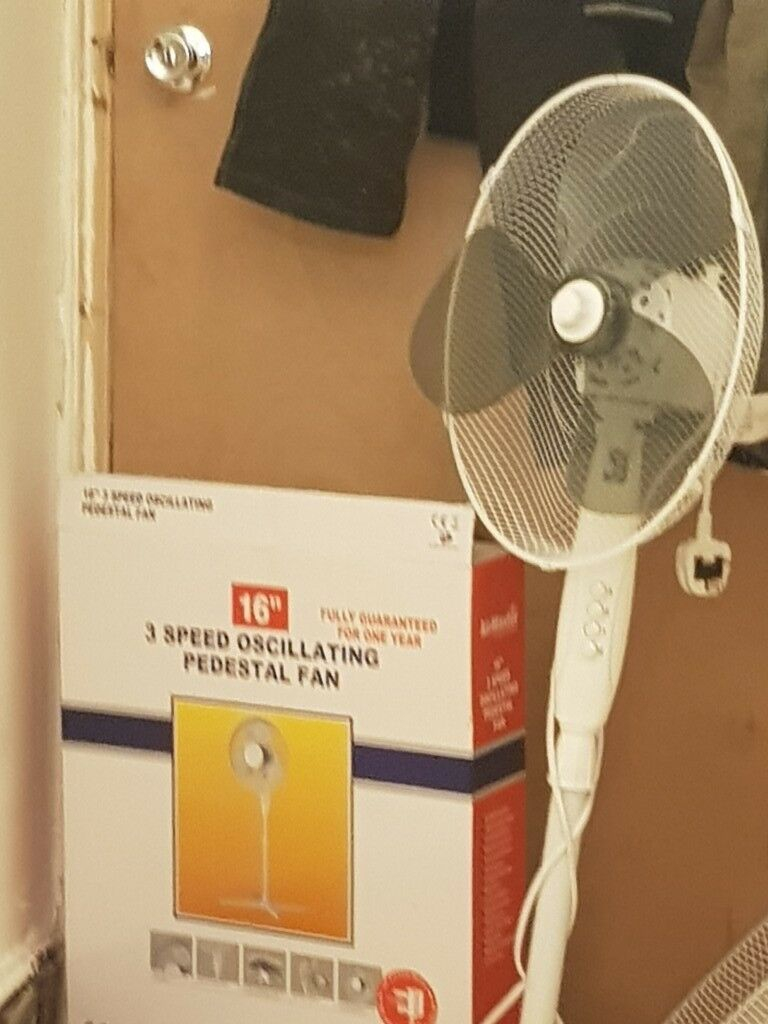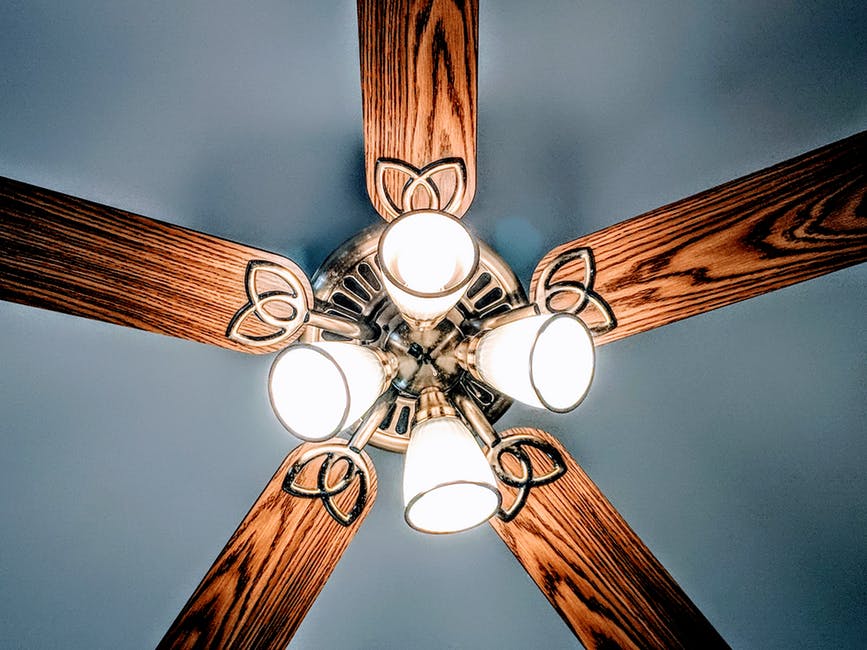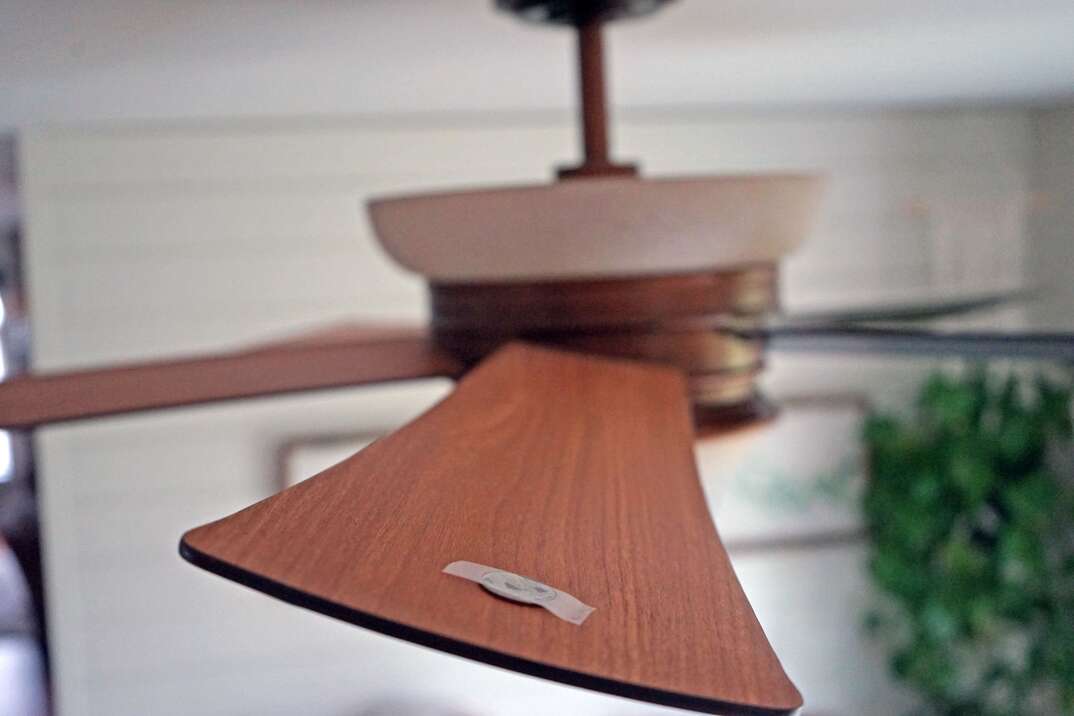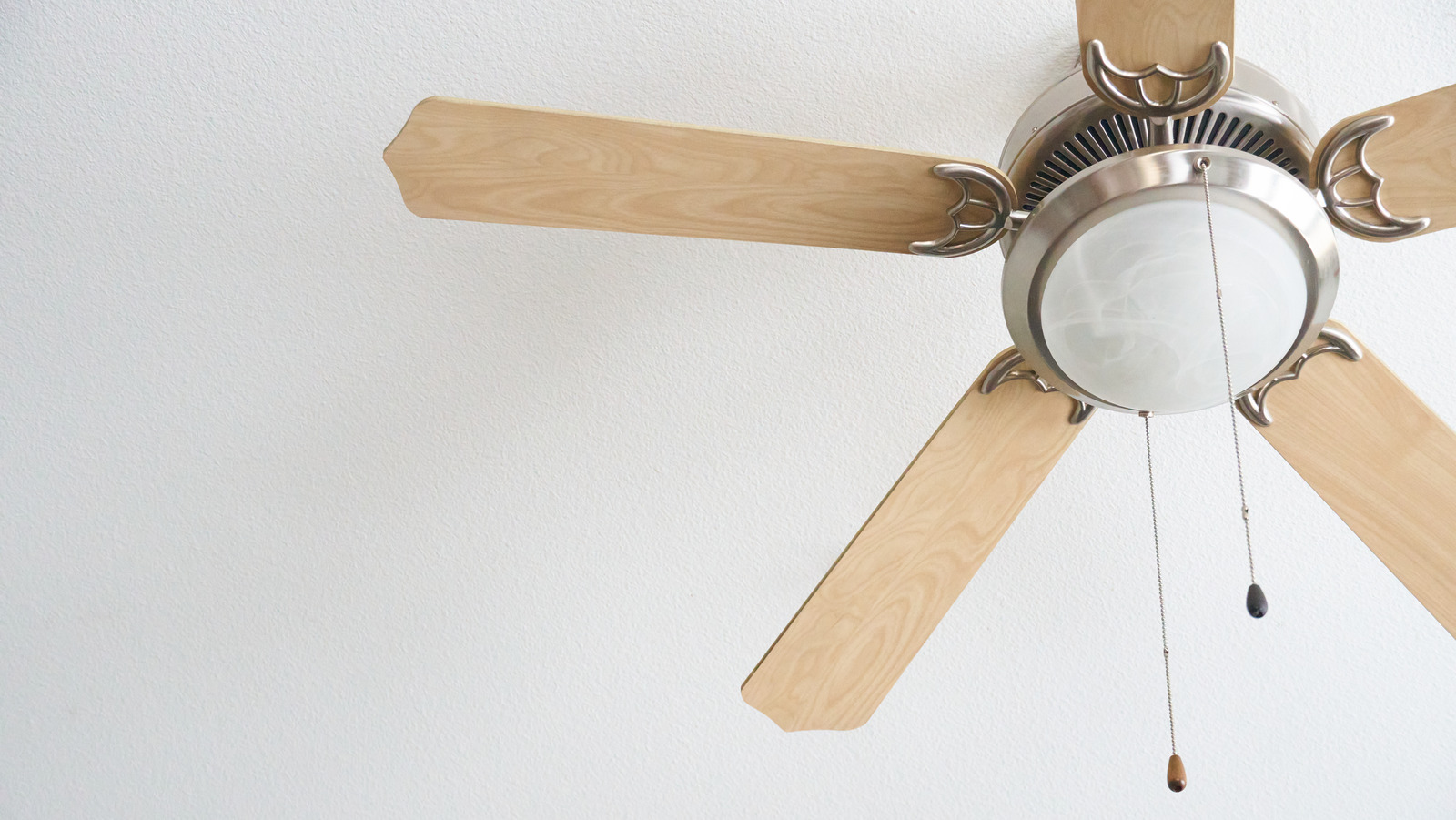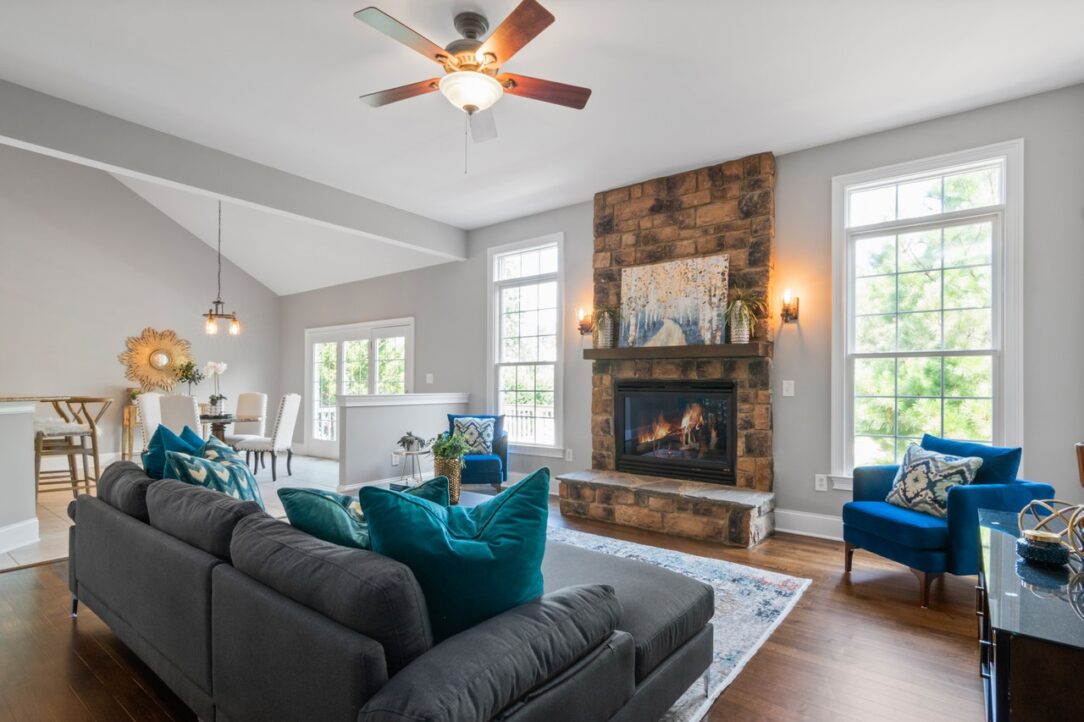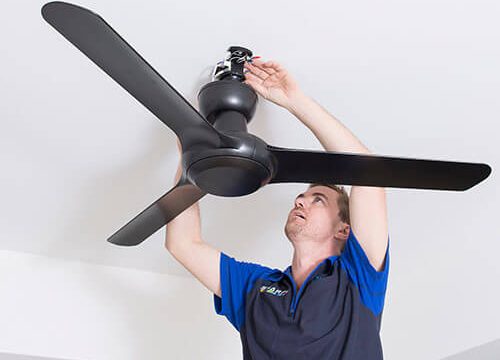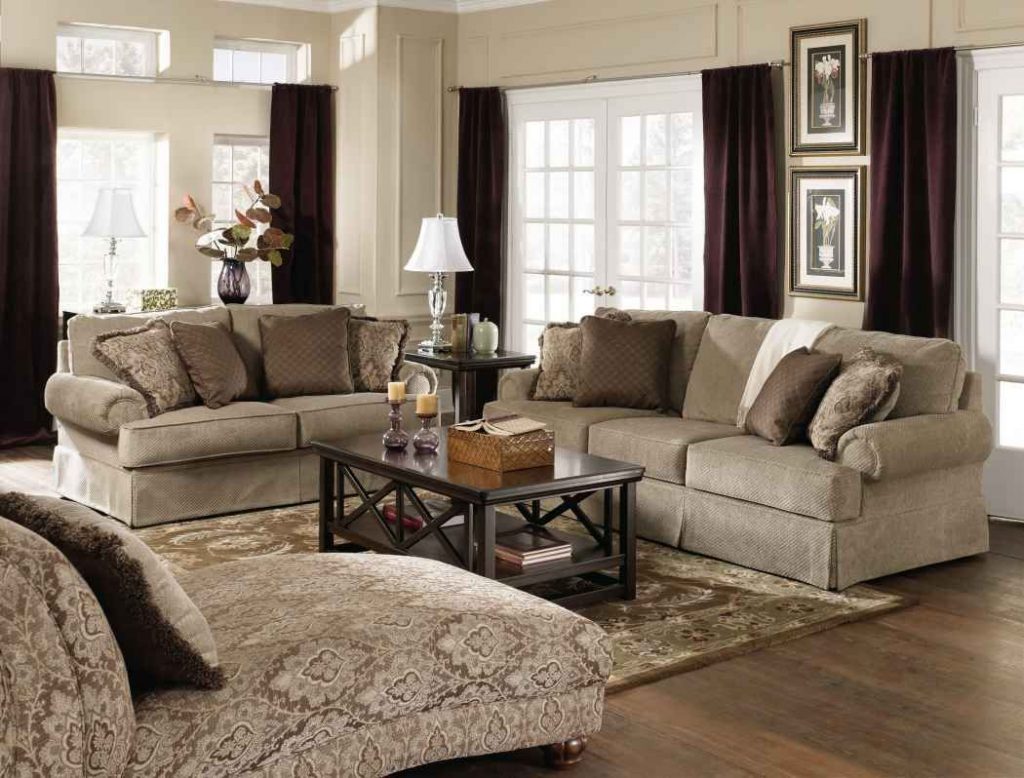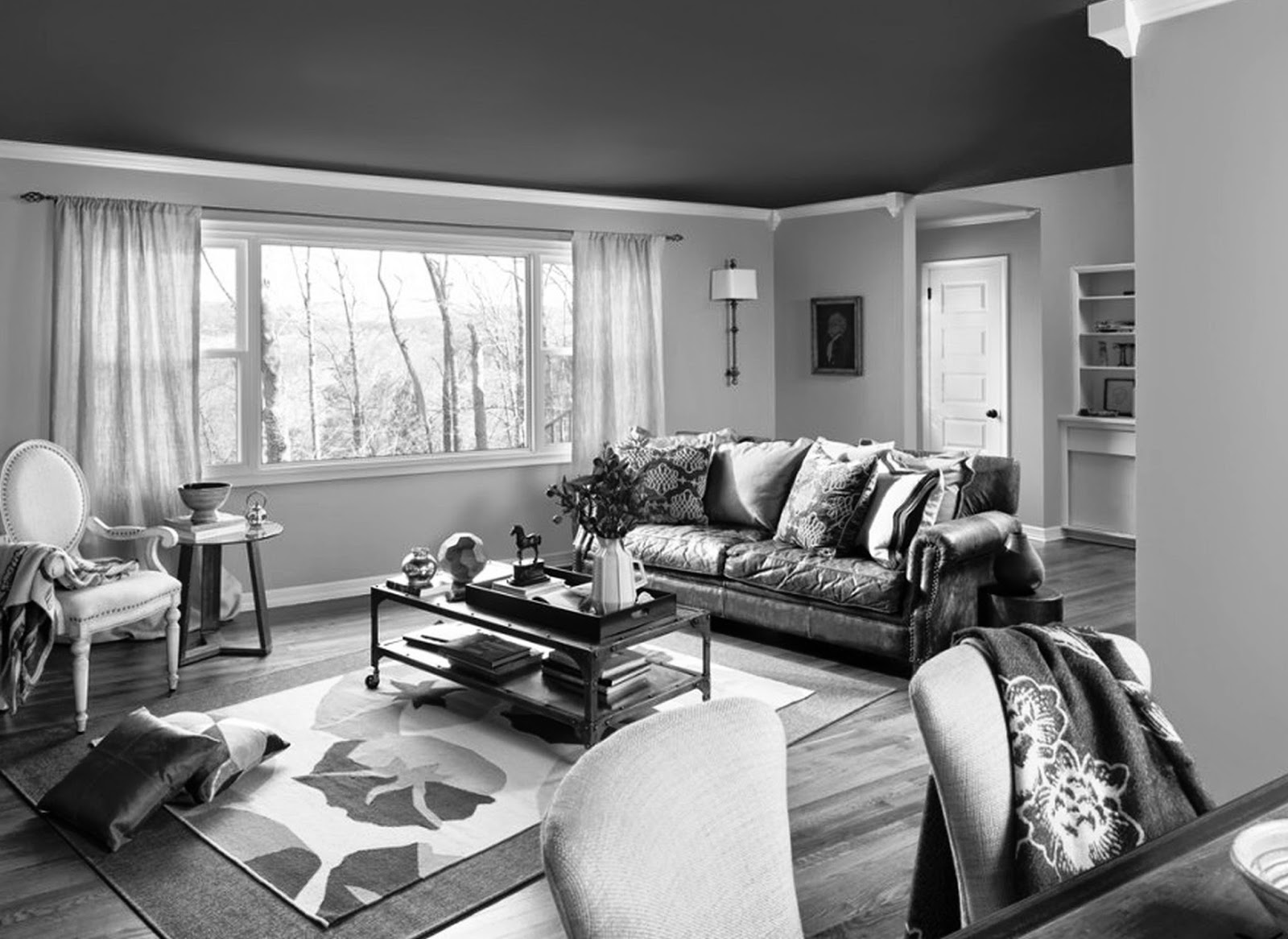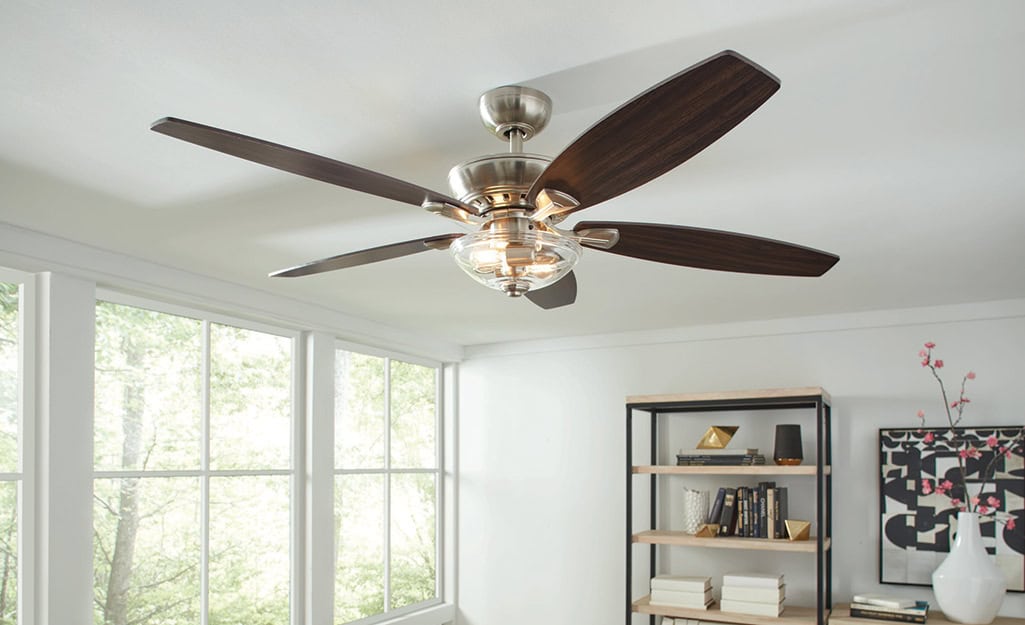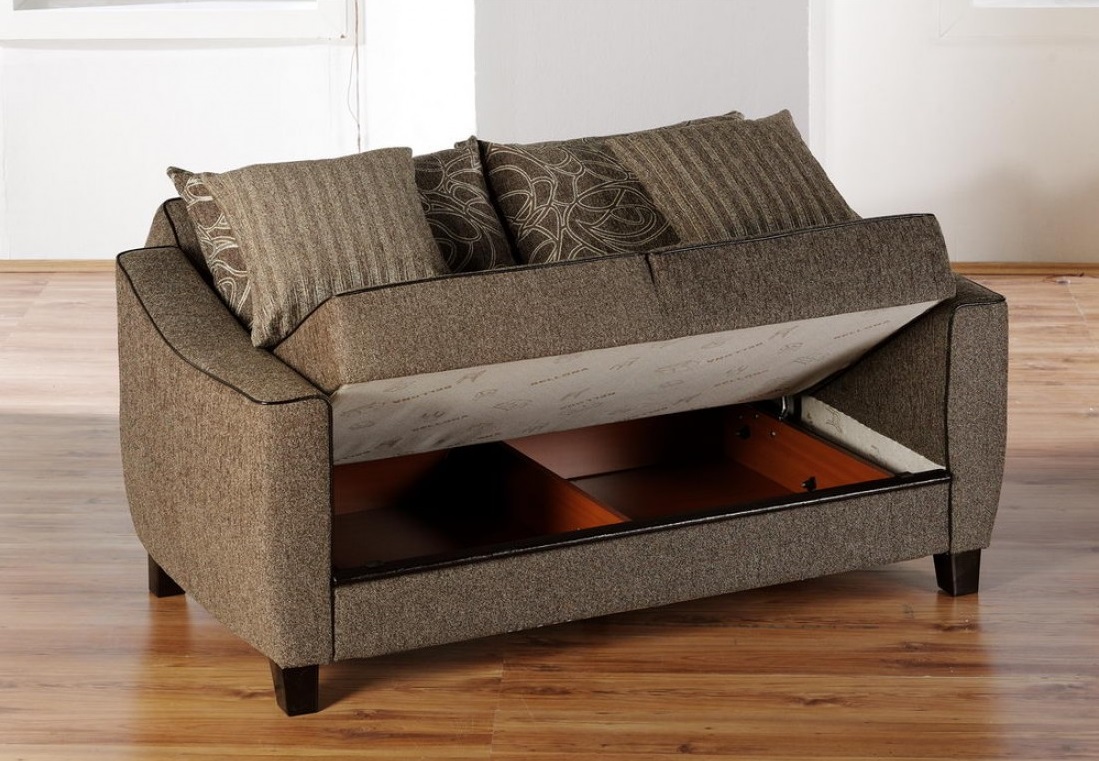Fixing a Noisy Ceiling Fan in the Living Room
Is your living room fan making a loud, annoying noise? Don't worry, you're not alone. Noisy ceiling fans are a common problem that many homeowners face. Not only can it be a nuisance, but it could also be a sign of a larger issue. Luckily, there are several easy fixes you can try to silence your noisy fan and restore peace to your living room.
How to Repair a Fan in the Living Room
If your living room fan has completely stopped working, it may need to be repaired. Before calling a professional, try these simple troubleshooting tips first. Make sure the fan is receiving power by checking the circuit breaker. If the power is on and the fan still won't turn on, check the fan's switch and wiring for any damage. If all looks good, it may be time to replace the fan.
DIY Fixes for a Malfunctioning Living Room Fan
If your living room fan is not working properly, there are a few DIY fixes you can try before calling in a professional. One common issue is a loose fan blade. Use a screwdriver to tighten the screws holding the fan blades in place. Another common issue is a faulty capacitor, which is responsible for starting the fan's motor. You can easily replace this part yourself with the help of a tutorial or by consulting the fan's manual.
Troubleshooting Tips for a Living Room Fan That Won't Turn On
If your living room fan won't turn on at all, there are a few things you can check before calling for repairs. First, make sure the fan is receiving power. If it is, check the battery in the remote control or replace it with a new one. If the fan still won't turn on, it may be an issue with the fan's motor. In this case, it's best to call a professional for repairs.
Replacing a Broken Fan in the Living Room
If your living room fan is beyond repair, it may be time to replace it. When choosing a new fan, make sure to consider the size of your living room and the fan's airflow capabilities. You should also consider energy efficiency and noise levels when making your selection. Don't be afraid to consult a professional for help in choosing the right fan for your living room.
Quick and Easy Fixes for a Wobbly Living Room Fan
Is your living room fan wobbling? Not only can it be a safety hazard, but it can also cause the fan to make more noise. The most common cause of a wobbly fan is a loose fan blade. Use a screwdriver to tighten the screws holding the fan blades in place. If the fan continues to wobble, check the fan's mounting bracket and make sure it is securely attached to the ceiling.
How to Clean and Maintain Your Living Room Fan for Optimal Performance
To keep your living room fan running smoothly and efficiently, it's important to regularly clean and maintain it. Dust and dirt can build up on the fan blades and motor, causing it to work harder and make more noise. Use a damp cloth to wipe down the fan blades, and use a vacuum attachment to clean the motor and any other hard-to-reach areas. You should also oil the fan's motor once a year to keep it running smoothly.
Upgrading Your Living Room Fan for Better Airflow and Efficiency
If your living room fan is old or outdated, it may be time for an upgrade. Newer fans offer better airflow and energy efficiency, which can help save on your electricity bill. You can also opt for a fan with a remote control, making it easier to adjust the fan's speed and direction without having to get up from your comfortable spot on the couch.
Common Problems and Solutions for Living Room Fans
While noisy and malfunctioning fans are common, there are other issues that may arise with your living room fan. One common problem is a fan that runs at only one speed. This could be due to a faulty switch or wiring, which can easily be replaced. Another common issue is a fan that is off balance, causing it to make noise and wobble. Use a balancing kit, which can be purchased at most home improvement stores, to fix this issue.
Expert Tips for Choosing the Right Fan for Your Living Room
When choosing a fan for your living room, it's important to consider the size of the room and the fan's capabilities. A larger room will require a fan with a larger blade span to effectively circulate air. You should also consider the fan's design and how it will fit with your living room's decor. Consulting a professional can also help ensure you choose the right fan for your specific needs.
Upgrade Your Living Room with a New Fan Installation
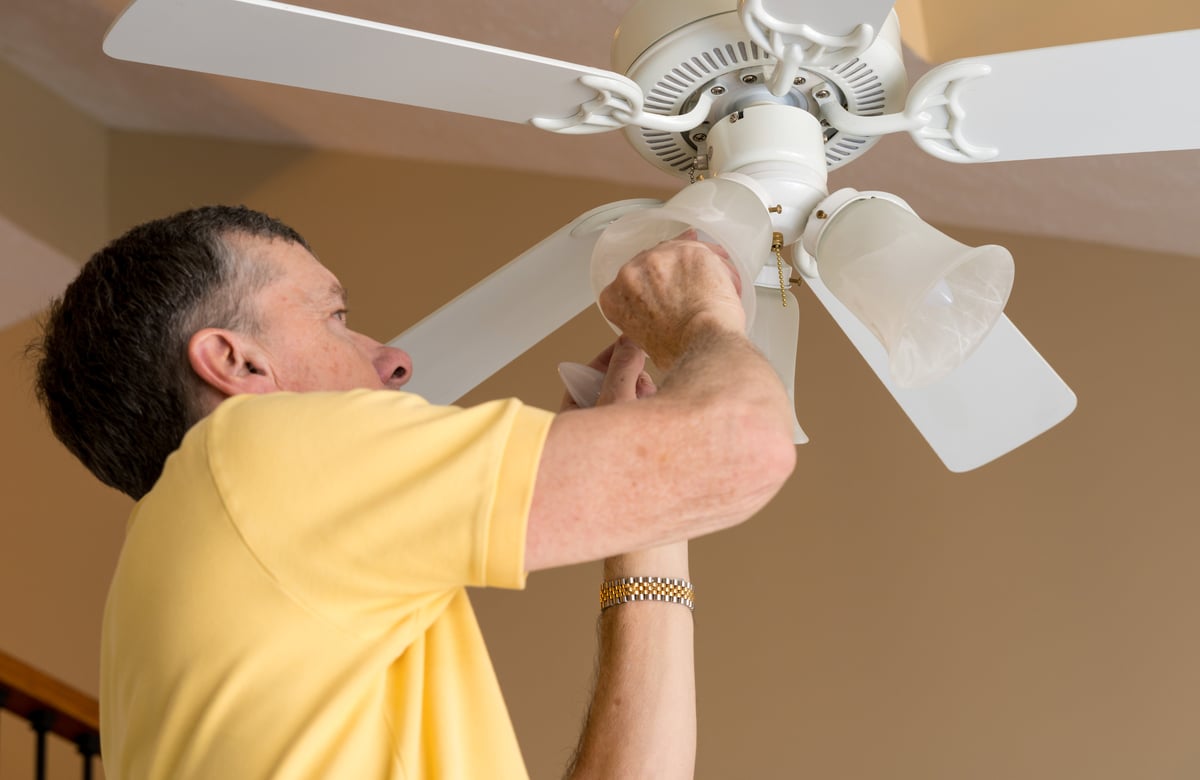
Why a New Fan is Essential for Your Living Room
 When it comes to designing and decorating your home, the living room is often the first place we focus on. It's where we entertain guests, relax after a long day, and spend time with our loved ones. With that in mind, it's important to create a comfortable and inviting space that reflects your personal style. One often overlooked element in living room design is the
ceiling fan
. While it may seem like a small detail, a fan can make a big impact on the overall look and feel of your living room.
When it comes to designing and decorating your home, the living room is often the first place we focus on. It's where we entertain guests, relax after a long day, and spend time with our loved ones. With that in mind, it's important to create a comfortable and inviting space that reflects your personal style. One often overlooked element in living room design is the
ceiling fan
. While it may seem like a small detail, a fan can make a big impact on the overall look and feel of your living room.
Benefits of Installing a New Fan in Your Living Room
 Aside from its aesthetic appeal, a new fan in your living room offers several practical benefits as well. One of the most obvious advantages is improved air circulation. During the hot summer months, a fan can help cool down the room, reducing the need for air conditioning and ultimately saving you money on your energy bill. On the other hand, during colder months, a fan can help distribute warm air from your heating system, keeping the room cozy and comfortable. In addition, a fan can also help improve indoor air quality by circulating stale air and reducing humidity.
Aside from its aesthetic appeal, a new fan in your living room offers several practical benefits as well. One of the most obvious advantages is improved air circulation. During the hot summer months, a fan can help cool down the room, reducing the need for air conditioning and ultimately saving you money on your energy bill. On the other hand, during colder months, a fan can help distribute warm air from your heating system, keeping the room cozy and comfortable. In addition, a fan can also help improve indoor air quality by circulating stale air and reducing humidity.
Choosing the Right Fan for Your Living Room
 When it comes to selecting a fan for your living room, there are a few things to consider. First, you'll want to determine the size and height of your living room to ensure the fan you choose is the appropriate size and will provide adequate airflow. Additionally, think about the style and decor of your living room and choose a fan that complements it. There are a variety of fan designs available, from traditional to modern, so you can find one that fits your personal taste. Lastly, consider the fan's features such as speed settings, lighting options, and remote control capabilities, to find the perfect fit for your living room.
When it comes to selecting a fan for your living room, there are a few things to consider. First, you'll want to determine the size and height of your living room to ensure the fan you choose is the appropriate size and will provide adequate airflow. Additionally, think about the style and decor of your living room and choose a fan that complements it. There are a variety of fan designs available, from traditional to modern, so you can find one that fits your personal taste. Lastly, consider the fan's features such as speed settings, lighting options, and remote control capabilities, to find the perfect fit for your living room.
Leave it to the Professionals
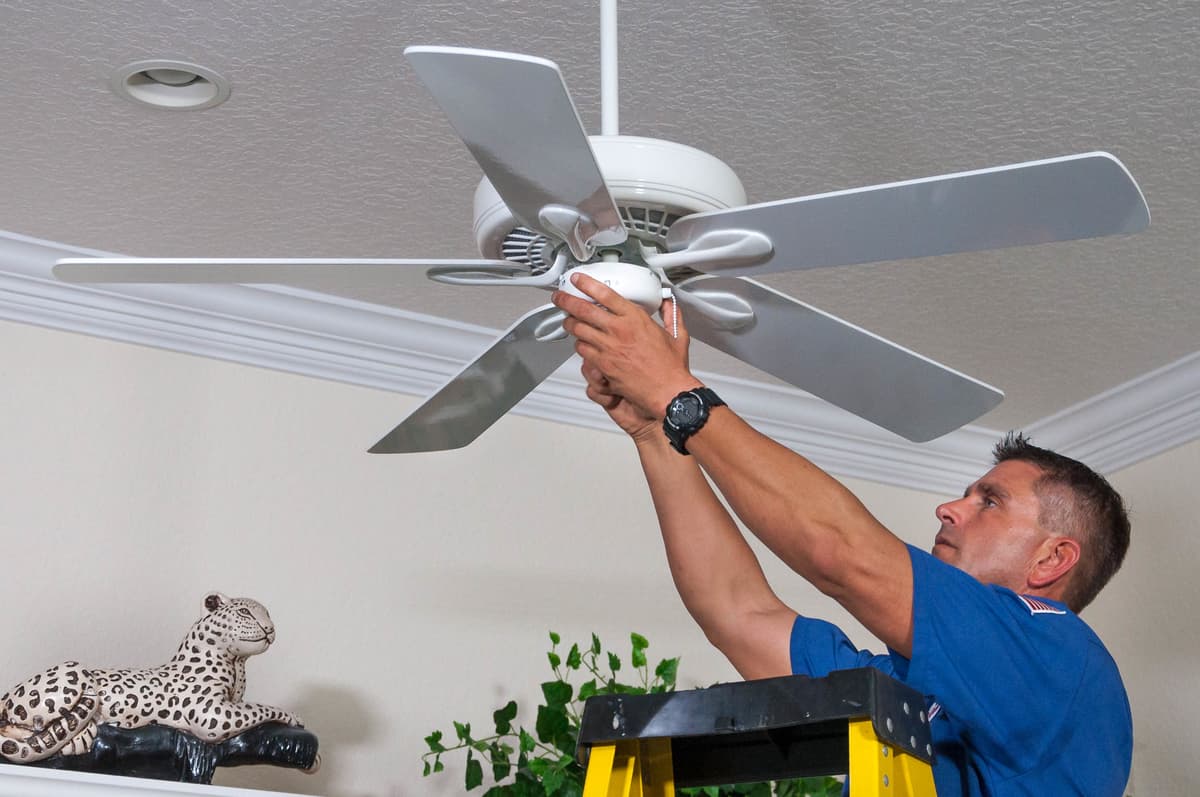 While installing a fan may seem like a simple task, it's always best to have it done by a professional. An experienced electrician can ensure the fan is installed safely and securely, avoiding any potential hazards or future issues. They can also provide advice on the best location and height for the fan to maximize its functionality and aesthetic appeal.
In conclusion, upgrading your living room with a new fan installation is a simple and effective way to enhance your home's design and improve comfort. With a variety of styles and features available, you can find the perfect fan to suit your living room and personal taste. Just remember to leave the installation to the professionals for a safe and hassle-free experience.
While installing a fan may seem like a simple task, it's always best to have it done by a professional. An experienced electrician can ensure the fan is installed safely and securely, avoiding any potential hazards or future issues. They can also provide advice on the best location and height for the fan to maximize its functionality and aesthetic appeal.
In conclusion, upgrading your living room with a new fan installation is a simple and effective way to enhance your home's design and improve comfort. With a variety of styles and features available, you can find the perfect fan to suit your living room and personal taste. Just remember to leave the installation to the professionals for a safe and hassle-free experience.
